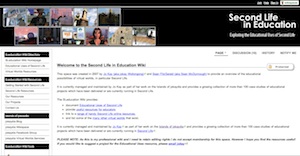 I’ve had the pleasure of having a chat to Jokay Wollongong in RL on one occasion, and hope to again in the future. I was more than aware of her work in Second Life prior to that catch-up, but only then did I realise her passion for the work she does. Sure, it’s part of making a living but it’s also a lot more than that – she is fundamentally driven by seeing the outcomes virtual environments can provide in education. In that, she’s no different to hundreds of other educators in Second Life.
I’ve had the pleasure of having a chat to Jokay Wollongong in RL on one occasion, and hope to again in the future. I was more than aware of her work in Second Life prior to that catch-up, but only then did I realise her passion for the work she does. Sure, it’s part of making a living but it’s also a lot more than that – she is fundamentally driven by seeing the outcomes virtual environments can provide in education. In that, she’s no different to hundreds of other educators in Second Life.
That’s primarily why I’m gobsmacked and somewhat angry at a move Linden Lab has made, as reported by Tateru Nino over at Massively. Essentially, Jokay’s use of the URL sleducation.wikispaces.com has come under attack by Linden Lab, who’ve asked Jokay to take it down because of the use of ‘sl’ in the URL. As Tateru Nino outlines:
Under the Lanham Act, which controls the registration, usage and control of trademarks in the United States of America, Wollongong’s usage appears to fall squarely under nominative fair use, and thus legally unable to be counted as dilution of Linden Lab’s trademark which finally saw registration on 22 September this year.
Aside from the questionable legalities, I just can’t get past the apparent futility of issuing a takedown notice for a wiki site devoted to showcasing some of Second Life’s main strengths. Â Sure, I can understand protecting a trademark makes exceptions difficult, but this has the whiff of a scorched earth policy. To that end, I’ve contacted the ever-helpful Pete at Linden Lab to get his thoughts on four specific questions:
1. What was the impetus for Linden Lab tackling Jokay’s Wiki specifically?
2. Does Linden Lab see it’s in its interest to issue takedown notices to educators showcasing one of SL’s strengths (i.e. it’s power as en educational platform)?
3. How much confidence should educators have that further trademarks won’t be registered, leading to a further change of landscape that can’t be forseen?
4. How would Linden Lab respond to claims that actions like this provide further motivation for people to move to other grids or platforms outside of SL?
Linden Lab deserve full right of reply and they’ll certainly get it (Update 2: you can read their response here). Â My guess is that the takedown was instigated by Linden Lab legal people without a lot of consultation with others. Time will tell. I also had a brief chat to Jokay in-world late this evening, and although insistent on keeping positive about things, she made one key point that sums up the senselessness of this decision:
I’ll also be working to consolidate and publish my research on other platforms and will seek to diversify the wiki. In the end all of this only strengthens my desire to establish presence in a broader range of virtual worlds, and we’ll be working on that over the coming months.
Then again, expanding the outcomes derived from Second Life into other platforms can only be a good thing. Perhaps it’s been Linden Lab’s intention the whole time 😉
Update: Jokay has posted her thoughts in more detail on her blog
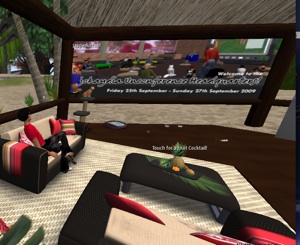 Australian Second Life educator and creative whirlwind, Jokay Wollongong, is holding her next Unconference from the 25th to the 27th September 2009
Australian Second Life educator and creative whirlwind, Jokay Wollongong, is holding her next Unconference from the 25th to the 27th September 2009 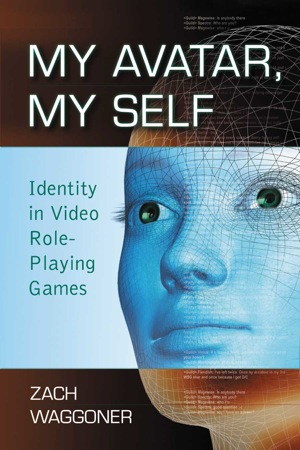

 However, it is psychologically damaging both in psychosocial relationships, employment responsibility and accountability and can even affect our general health to a large degree. You might therefore say that although substance abuse and gambling are faster and
However, it is psychologically damaging both in psychosocial relationships, employment responsibility and accountability and can even affect our general health to a large degree. You might therefore say that although substance abuse and gambling are faster and In 2008, with not a lot of fanfare, the
In 2008, with not a lot of fanfare, the  Born in Kwangju, Korea, and Australian by naturalisation, Professor Young Choi was educated at the Australian National University and the University of Adelaide.
Born in Kwangju, Korea, and Australian by naturalisation, Professor Young Choi was educated at the Australian National University and the University of Adelaide. Prof. Furness is a pioneer in human interface technology and virtual reality. He received the BS degree in Electrical Engineering from Duke University and the Ph.D. in Engineering and Applied Science from the University of Southampton, England. Dr. Furness is currently a professor of Industrial Engineering with adjunct professorships in Electrical Engineering, Mechanical Engineering, Aeronautics and Astronautics, and Human Centered Design and Engineering at the University of Washington. He is the founder of the Human Interface Technology Laboratory (HIT Lab) at UW and founder and international director of the HIT Lab NZ at the University of Canterbury, Christchurch, NZ and the HIT Lab Australia at the University of Tasmania, Launceston, Tasmania. He is also an Erskine Fellow and Adjunct Professor at the University of Canterbury and an Adjunct Professor at the University of Tasmania.
Prof. Furness is a pioneer in human interface technology and virtual reality. He received the BS degree in Electrical Engineering from Duke University and the Ph.D. in Engineering and Applied Science from the University of Southampton, England. Dr. Furness is currently a professor of Industrial Engineering with adjunct professorships in Electrical Engineering, Mechanical Engineering, Aeronautics and Astronautics, and Human Centered Design and Engineering at the University of Washington. He is the founder of the Human Interface Technology Laboratory (HIT Lab) at UW and founder and international director of the HIT Lab NZ at the University of Canterbury, Christchurch, NZ and the HIT Lab Australia at the University of Tasmania, Launceston, Tasmania. He is also an Erskine Fellow and Adjunct Professor at the University of Canterbury and an Adjunct Professor at the University of Tasmania.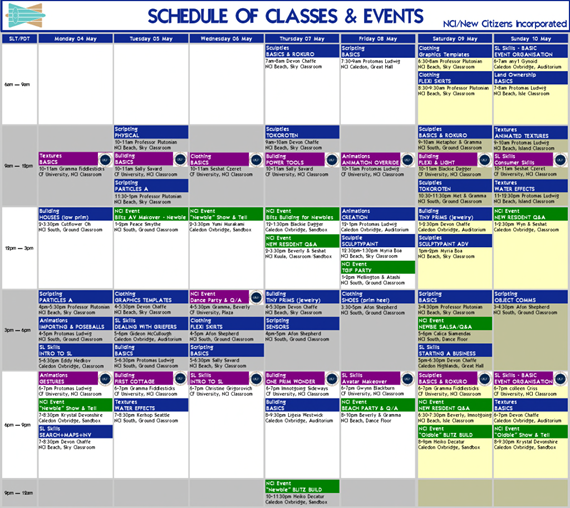
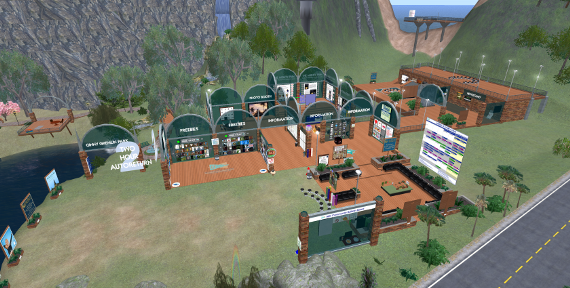
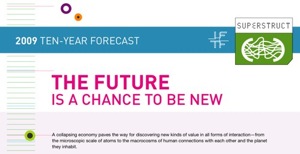 In October 2008
In October 2008 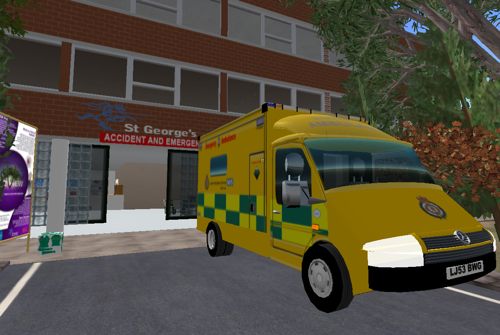
Recent Comments